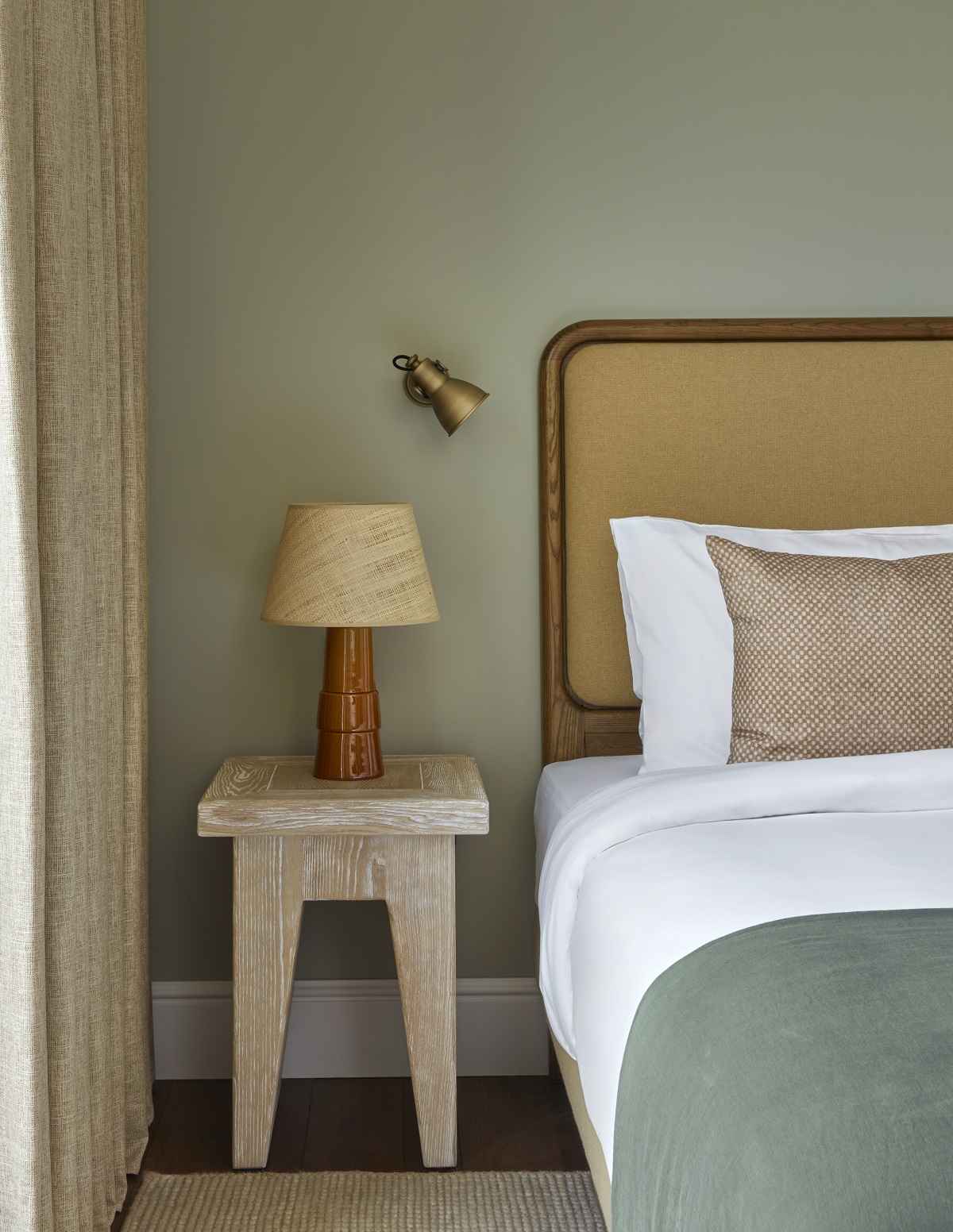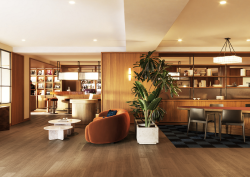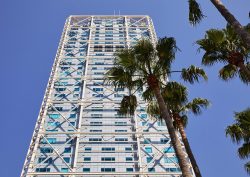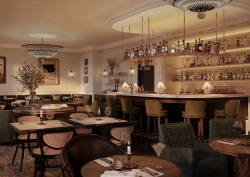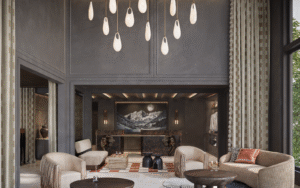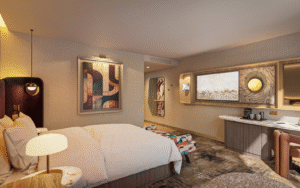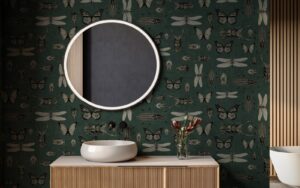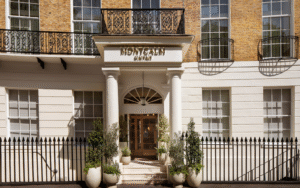With its design fresh off the Thurstan drawing board, the recently opened Borneta Barcelona offers an harmonious balance of light-filled spaces, natural materials and bold accents. We caught up with Studio Founder, James Thurstan Waterworth, to find out a little more about the creative process behind its effortlessly cool ambiance…
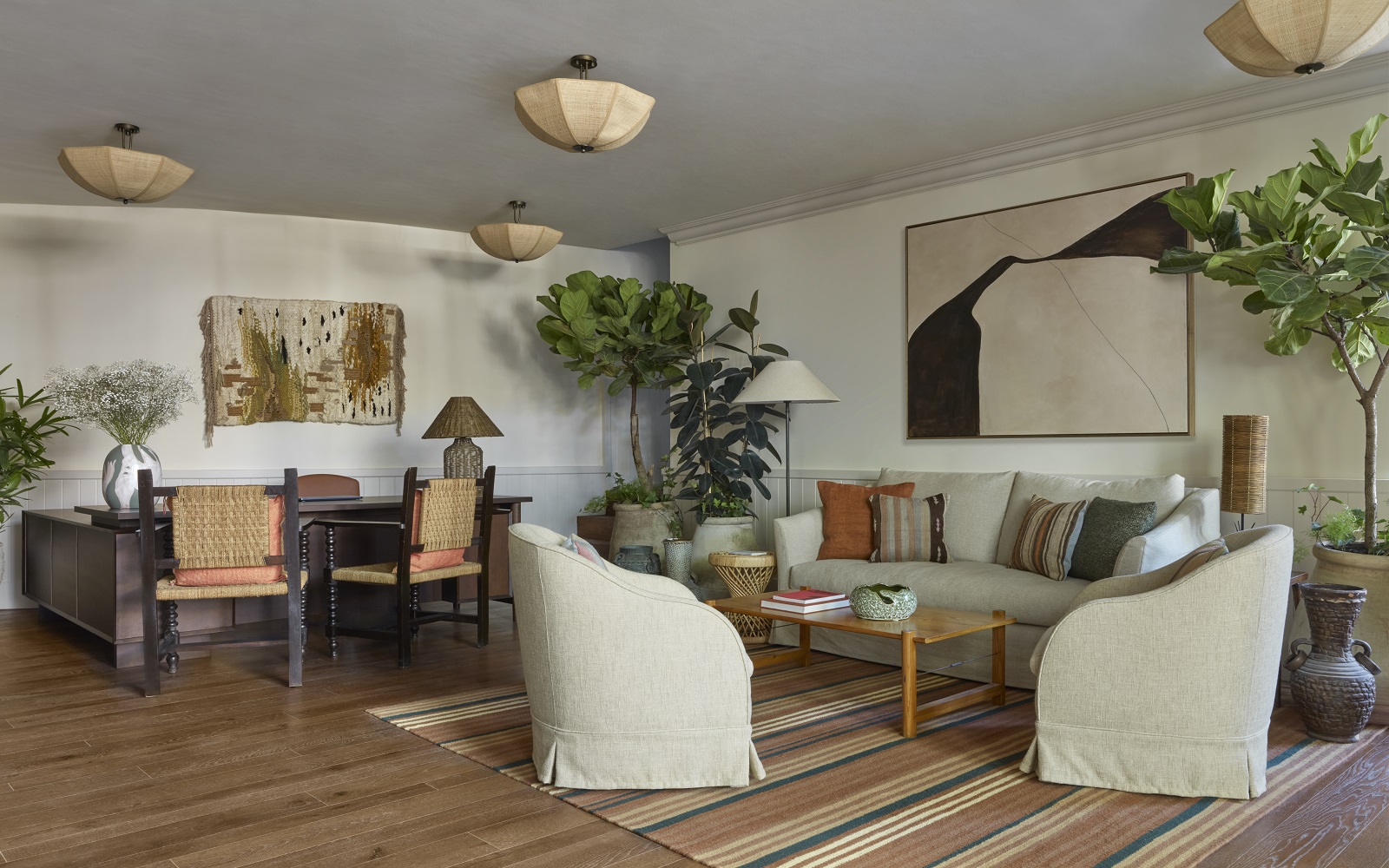
Borneta Barcelona is the second opening, in quick succession, for new hotel brand Miiro. Following hot on the heels of its Parisian sibling, it is setting out to redefine the contemporary city hotel with its stylish and inviting atmosphere. Situated in the vibrant El Born neighbourhood, the property seamlessly blends modern design with local Catalan charm.
Waterworth, former European Design Director at Soho House, and Founder of Thurstan, has worked on houses in Istanbul, Miami, Barcelona and London, always giving a strong emphasis to comfort, practicality and the origins and history of a building. Working on Borneta, which is positioned in one of the most interesting areas of the city, was the perfect canvas for the designer to work his creative magic and bring this Barcelona hotel to life.
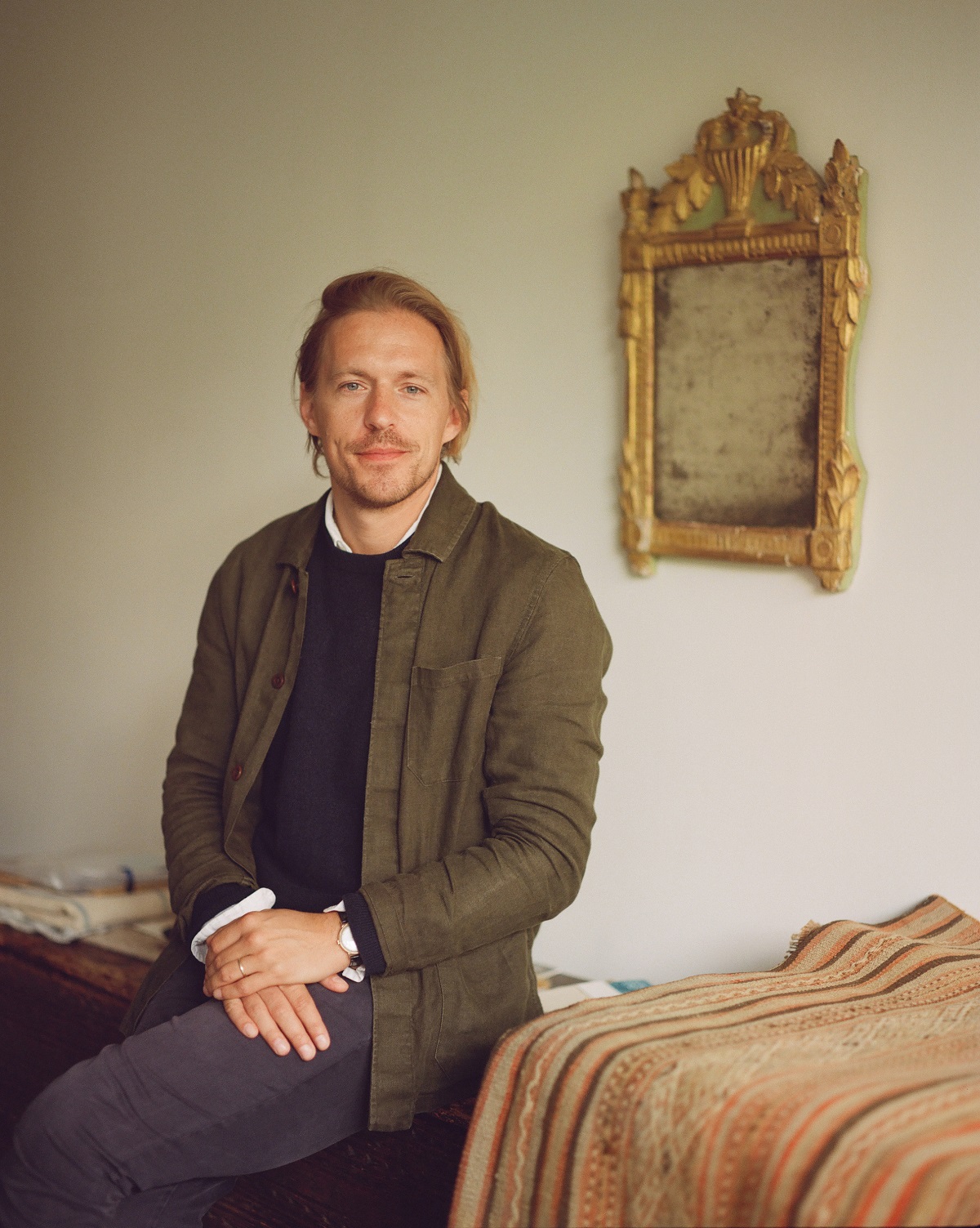
Image credit: Thurstan
Pauline Brettell: Before diving into Borneta can you give us some background on Thurstan and the shift from Design Director at Soho House to setting up your own studio?
James Thurstan Waterworth: I had an amazing few years at Soho House helping to oversee the building of the interior design arm from their London based office. One of the main takes of working in-house was the collaboration with operations and so I got to know intrinsically not only the guest experience within the hotel, but also seeing it from the operational side of it.
Thurstan also offers a design-led practical based offering to our hospitality clients – there are similarities in the approach I take in that we very much research the local area, history of the building and the product on offer. With Soho House, with each new building, there was already a strong DNA which had to be adapted to each city and of course with our new projects at Thurstan, we’re often having to create the DNA of the new hotel or members club.
In 2018, I left Soho House to set up Thurstan with a goal of creating beautiful hospitality projects across Europe and further afield using the amazing knowledge that I had built but also with a new creative mindset on each project.
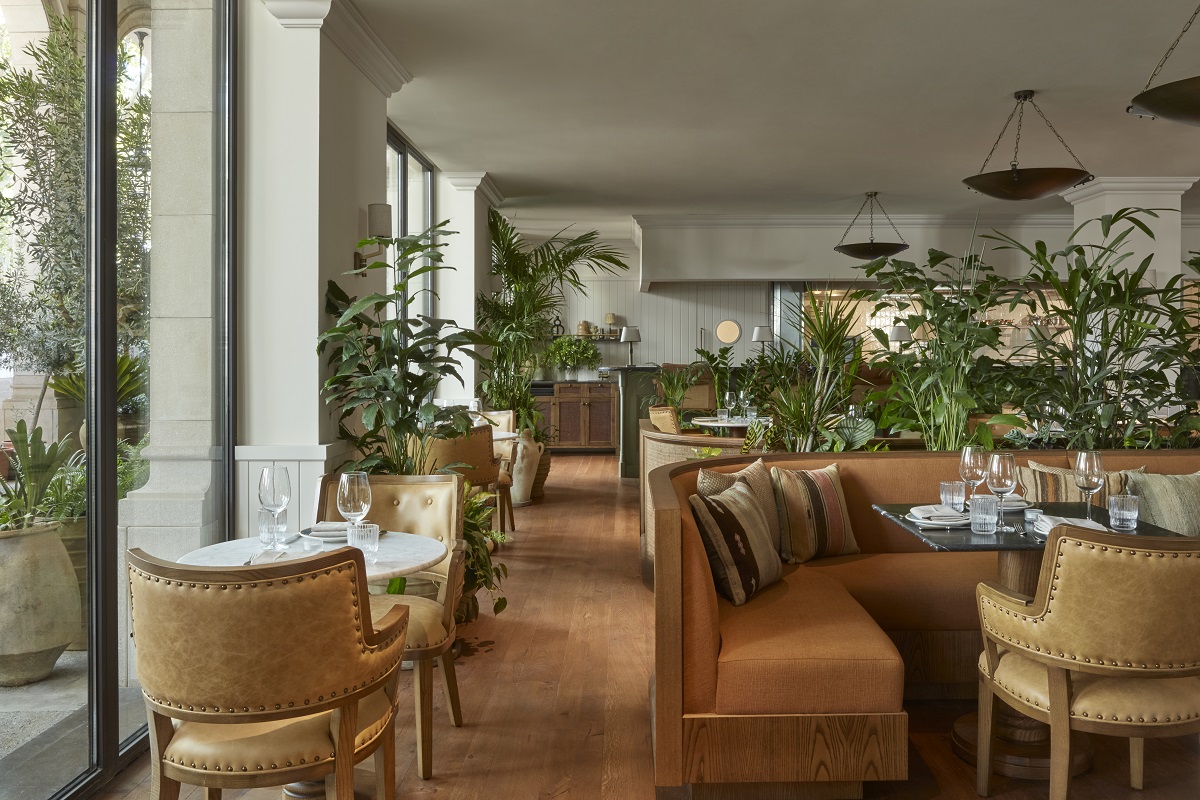
Image credit: Miiro
PB: Exciting to be part of the journey of a new shiny new brand on the hospitality landscape – to what extent has the design process been part of the Miiro brand journey?
JTW: It’s been a huge part of it. We were lucky to be involved in the early meetings as to what Miiro was aiming to be and so were part of that journey and of the creative process from the beginning. It’s always very exciting starting to build the building blocks of the future brand and we’re lucky enough to be working on a number of sites with them.
PB: Miiro clearly has an emphasis on location informing the design of its properties – can you talk to us about that relationship of location and design at Borneta.
JTW: The location has a number of influences on how we approach the design. There was a 19th century historical feel to the building and we wanted to play into that. We were inspired by a number of 19th century apartments within the city, taking some elements from them. It was important for us to create a residential feel to the space as we wanted to be appealing for locals also to come on a regular basis. For this type of brand, there’s nothing better than the feeling of hotel guests arriving to an environment where the locals are enjoying the space which gives a true sense of the area.
PB: What are the design elements included that particularly reference its Barcelona and El Born location?
JTW: The timber flooring was closely matched to an apartment we had stayed in. A lot of the tile references, both floor and wall were heavily inspired by Barcelona properties. We’ve been working a lot with local antique dealers to bring in one off unique local pieces.
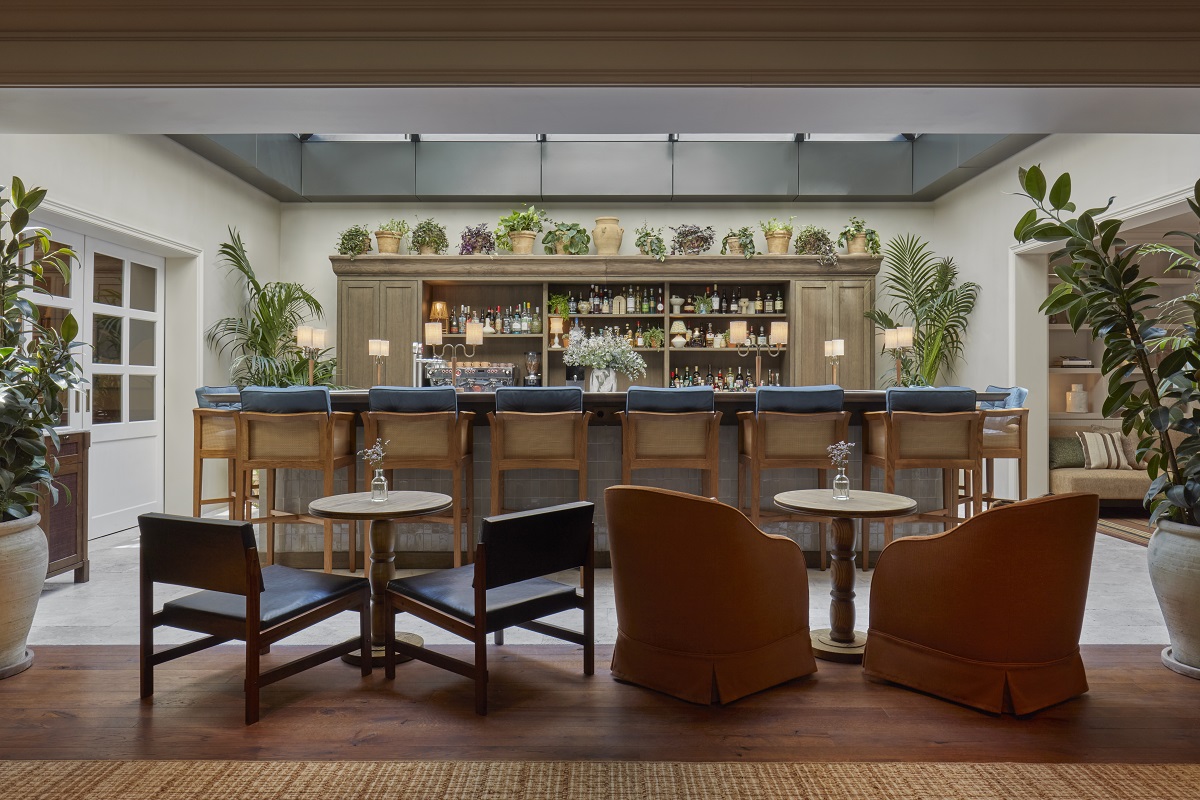
Image credit: Miiro
PB: And, on the flip side, what are the design elements in Borneta that are uniquely Thurstan?
JTW: That’s a good question and not a simple answer. Rather than specific design elements, it’s perhaps more of a feeling, for instance, we have made the main hotel entry come through into the living space and bar as we have tried to remove the concept of a formal reception area. This is an example of a feeling we are trying to create and we wanted to really push a relaxed residential environment for both the hotel guests and for locals.
PB: Part of the Thurstan portfolio is your antiques collection which compliments your ‘eclectic and original’ design mission – have you been able to insert this into the Borneta project?
JTW: Yes – there has to be a practical element to projects where there are a huge number of people using the spaces, however, wherever we can we use antiques to bring a uniqueness to the space which helps provide a residential feel. We work with a number of local dealers to make it feel as authentic as possible.
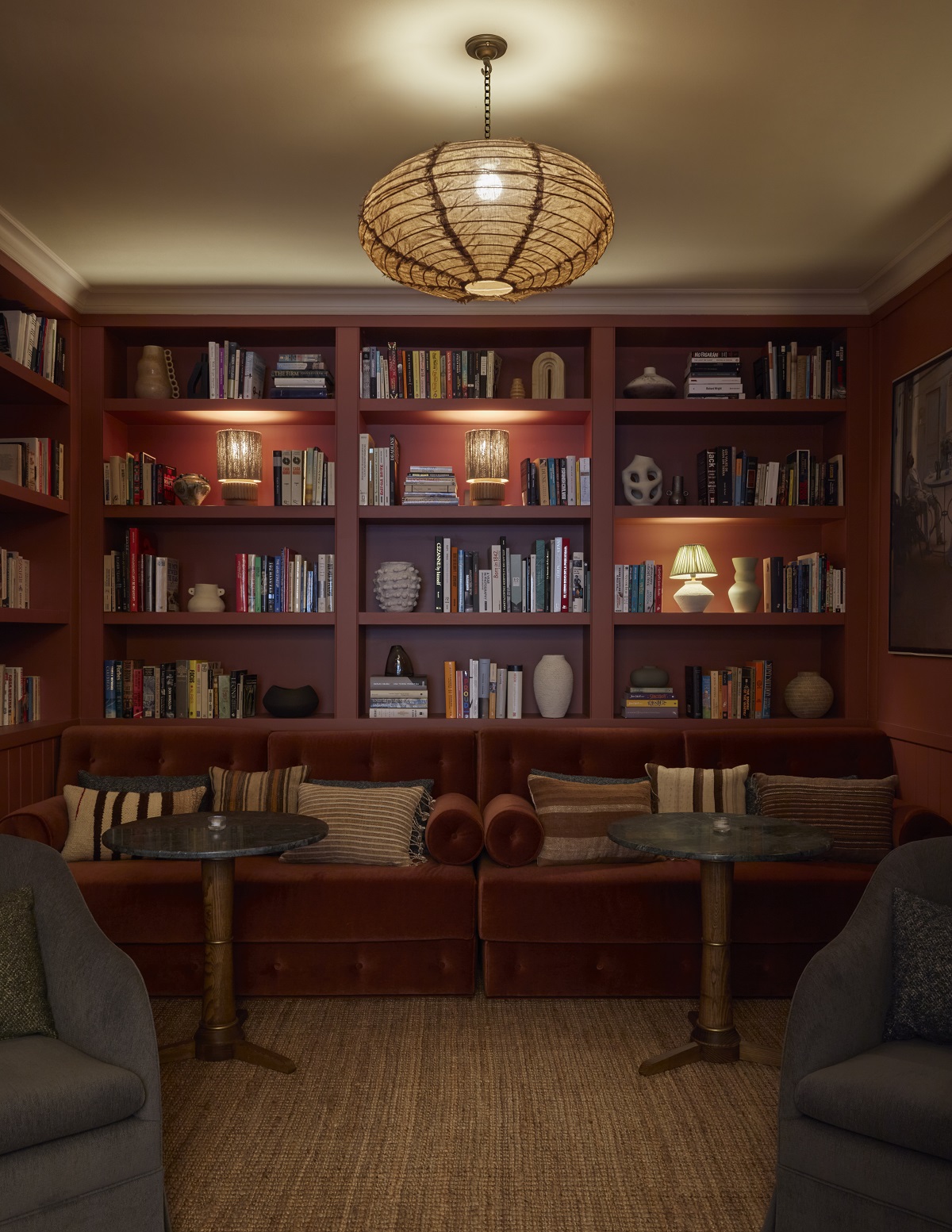
Image credit: Miiro
Quickfire:
The most challenging part of the design?
JTW: Boring one, but making the project work for both regulations and operations
Your favourite design element in Borneta?
JTW: There’s a slightly hidden library which is going to be a beautifully snug room
Finally – sitting on the rooftop terrace at Borneta…your tapa and glass of choice?
JTW: Probably quite simple – I’d have a local cana with a gambas al ajillo.
Main image credit: James McDonald







